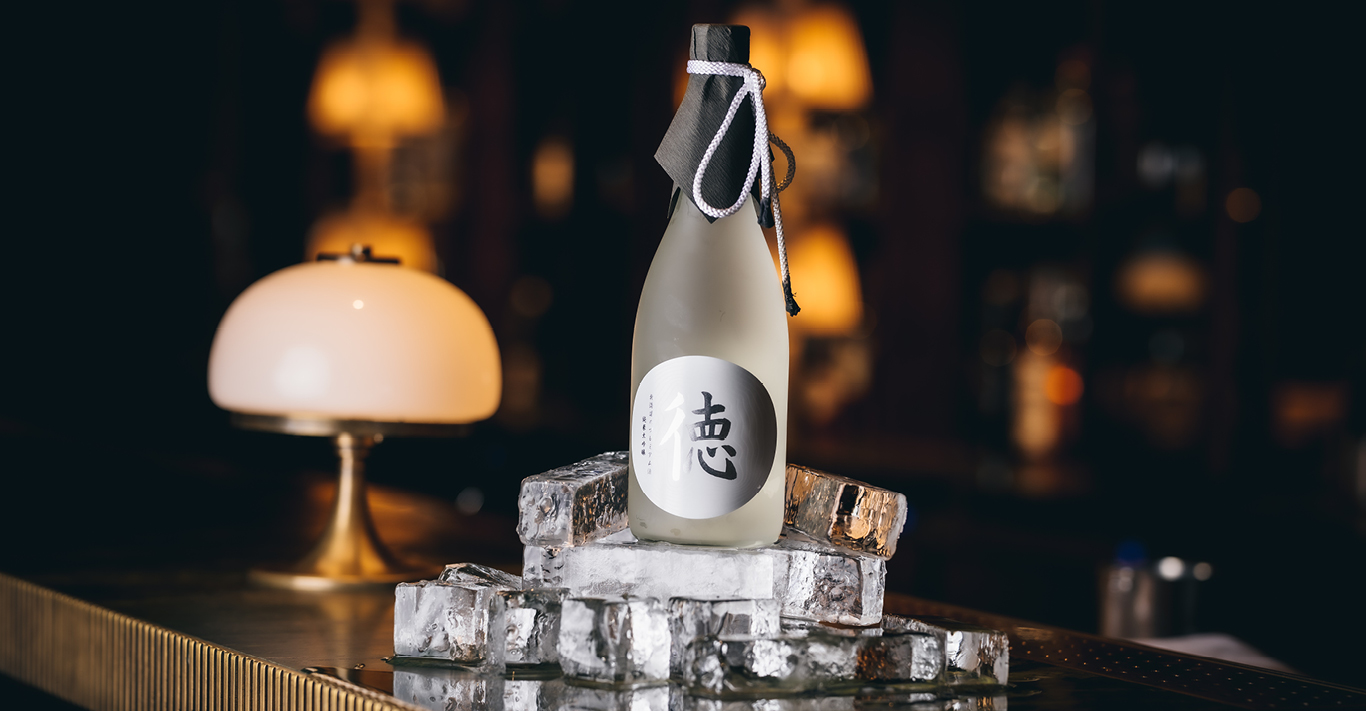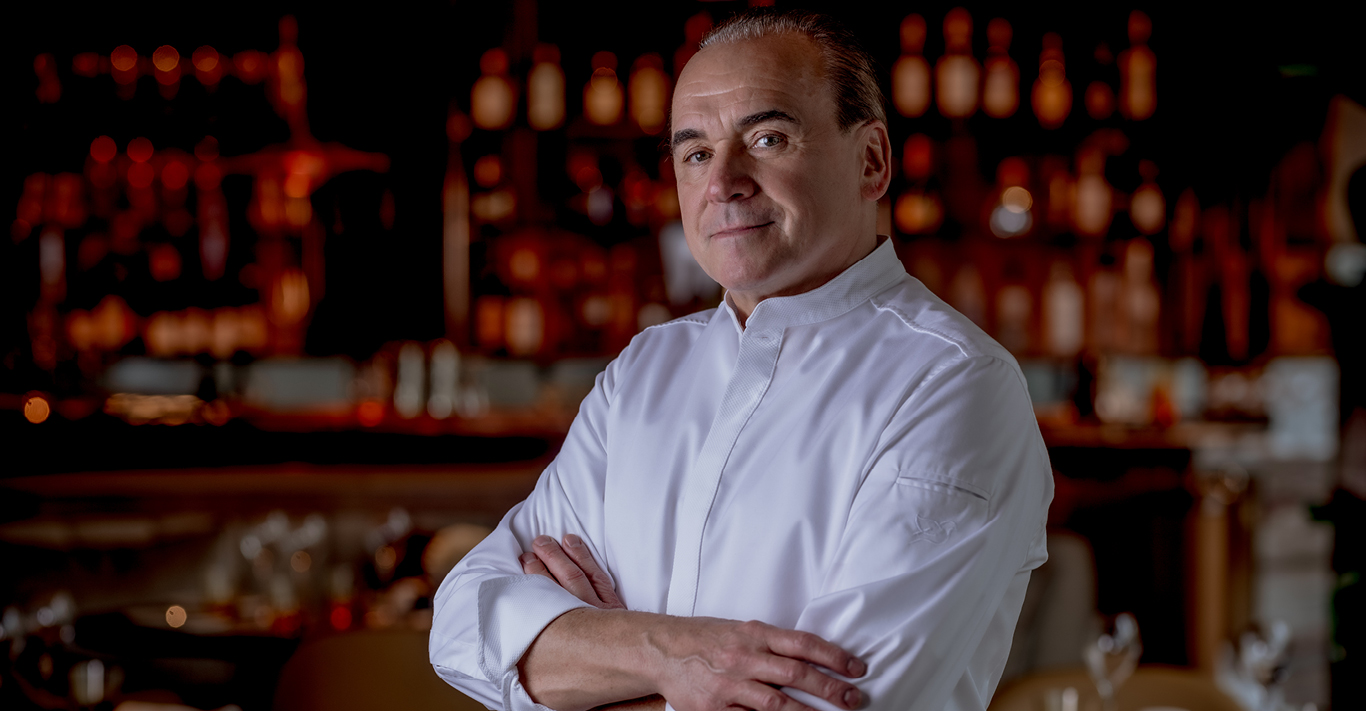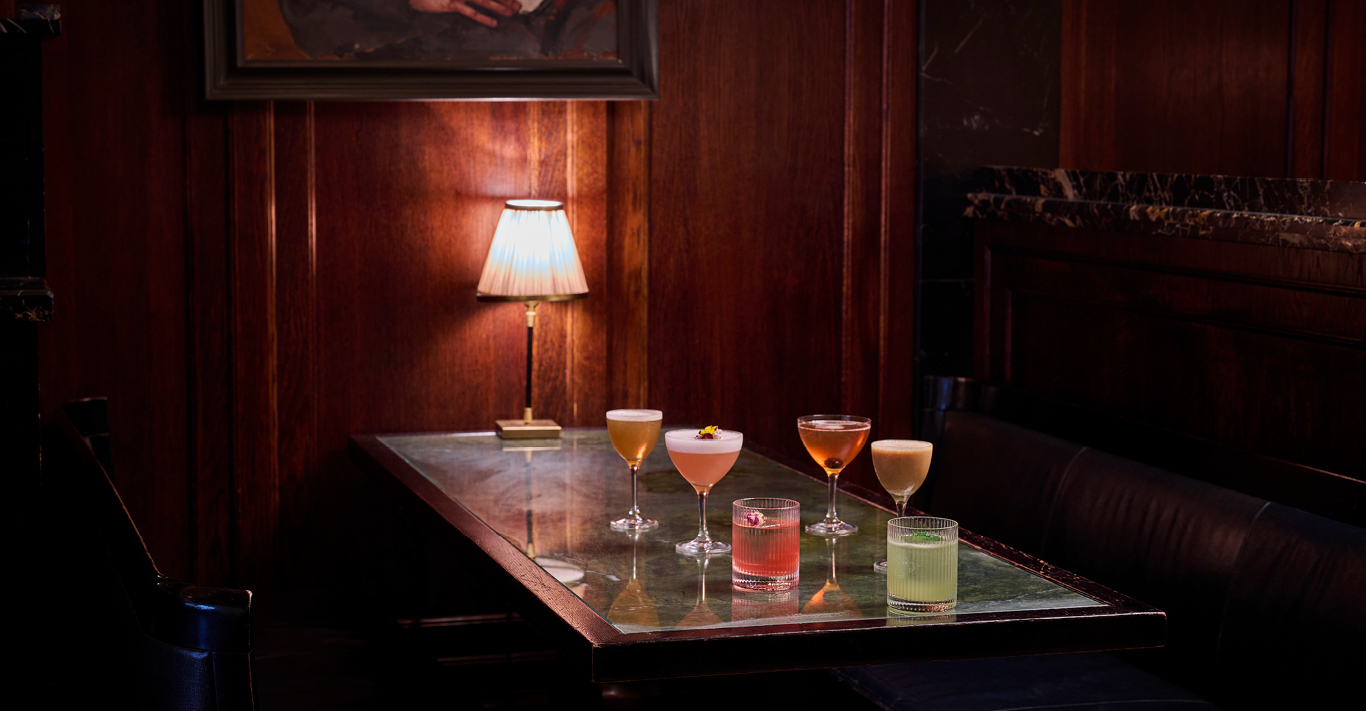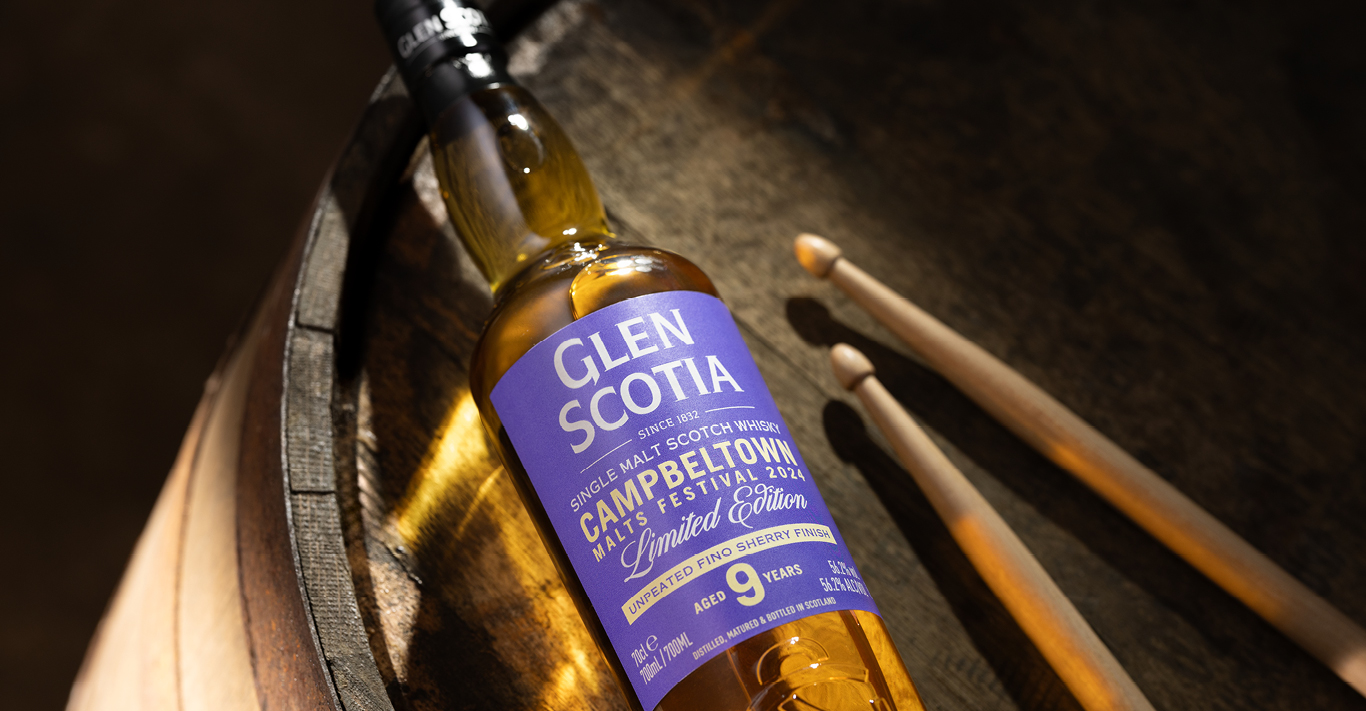WORDS
Chris Madigan
Sake has had its moments over the years – notably during the rise of fast sushi, then the boom in omakase restaurants – but never caught on, outside specifically Japanese settings. Right now, however, it is everywhere. With British breweries and tap rooms (Dojima in Cambridgeshire; Kanpai in south-east London) springing up, sake being used as an umami cocktail ingredient, and the best stuff appearing on sommeliers’ lists beyond Asian restaurants, it has the potential to last longer than a moment.
The sake most likely to establish the rice ferment as a luxury drink is Toku. British-owned, but created in a traditional Japanese brewery, Toku has just appointed Cate Blanchett as its creative director, so is set to wield some marketing clout. But this is no celebrity vanity project. The brand’s co-founder, Anthony Newman, was heading home to the UK after a stint running a craft ale business in Australia and stopped at Niseko, on Japan’s northern island, for some skiing. While there, he explored many of the 16 sake breweries on Hokkaido. This number is tiny in comparison to the around 1,800 that exist in the country.
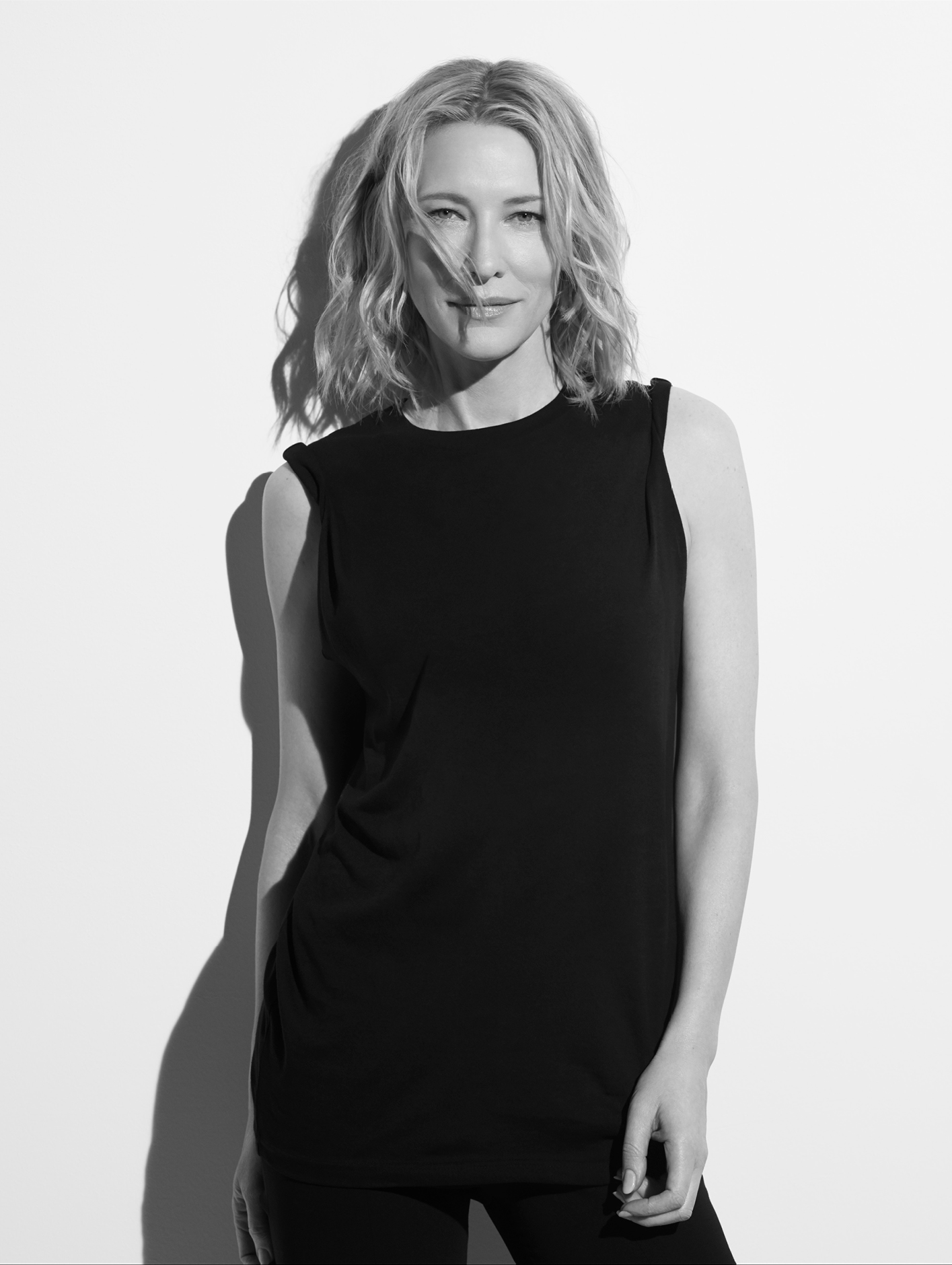
Hokkaido is remote and cold. Very cold. Not great for mass-producing sake, but perfect for a month of fermentation and winter-long maturation – it means that delicate floral and tropical fruit aromas develop. This is particularly true of the category of sake Toku falls into: “junmai daiginjo”. The brewery Toku uses in Asahikawa, the coldest city in Japan, uses high-grade Yamada Nishiki rice and polishes it to 35 per cent to remove traces of fat and protein that can spoil the flavour (the maximum for daiginjo is 50 per cent, so this is even higher quality). “Junmai” means that all the alcohol is produced by fermentation, not bolstered with added ethanol.
Jiachen Lu, sommelier at Japanese restaurant Dinings SW3, behind Harrods, explains how she serves a sake of this quality. ‘Normally, we like to share the cultural side of sake – served in a traditional carafe and ceramic cups, with the guests pouring it for each other as a mark of respect. However, for a premium sake such as Toku, I prefer a wine glass, because there’s so much nuance and a traditional cup will not channel the aromas to your nose like the right wine glass will. We use Riedel glasses – and the riesling, sauvignon blanc or champagne (the modern glasses – not flutes) varieties are the most effective.’
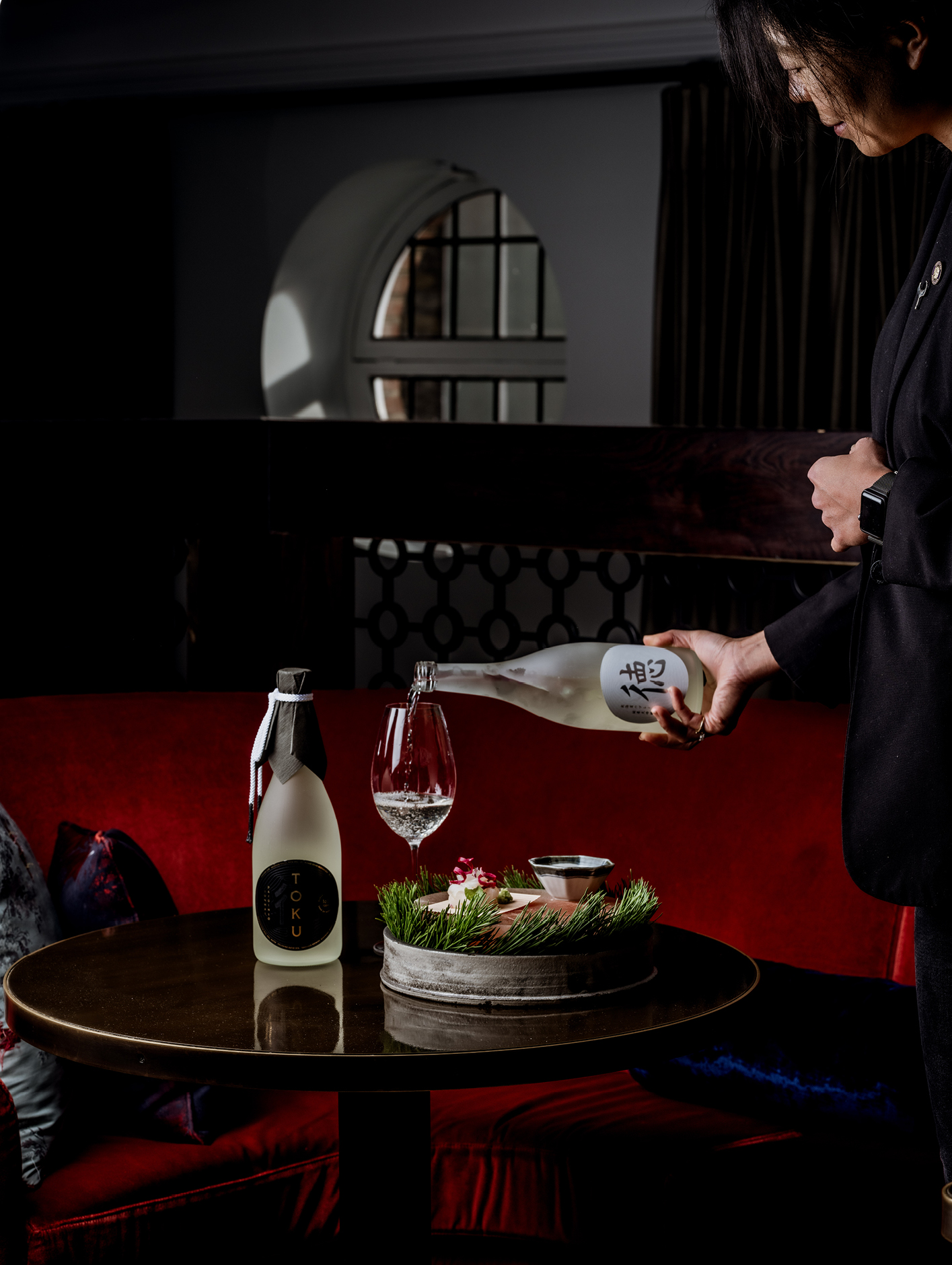
The next question is what temperature to serve sake at. Brummell readers can be relied upon to know that James Bond is a wholly unreliable guide to drinks etiquette – asking for his martinis shaken, killing a man for drinking red wine with fish, and saying, ‘I like shakay. Eshpecially when it’sh sherved at the correct temperature: 98.4 degrees fahrenheit like thish ish.’ It’s generally accepted that (apart from some very particular styles of sake), this only applies to the cheap stuff, and that premium sake should be served cold. However, we can be forgiven for going too far the other way and overchilling it.
Lu says, ‘Just like wine, it’s often served too cold, then it numbs your nose and tongue a little bit. An entry-level, generic wine is OK served very cold, but the more complex it is, you need to serve it a little less chilled to allow the aromas to reach your nose. It’s the same for sake. However, a wine professional would taste a premier cru white burgundy at 13 degrees, but most people wouldn’t enjoy it at that temperature. So I have to take people’s preferences into consideration. So, I would say eight to 10 degrees is a good compromise.’
Served at that temperature, the aromas are certainly not suppressed. There are wonderful tropical notes of banana and papaya – esters that you frequently smell in a beer brewery, winery or distillery at the early stages but are often sadly lost – and, above all, ripe honeydew melon. ‘Almost overripe,’ says Lu. ‘So ripe that the juice is coming out if you touch it. It’s not just fruitiness though. You also get a very nice, fresh mushroom aroma. You don’t want pure fruit – it’s nice to have floral notes, and some minerality and earthiness to add complexity.’
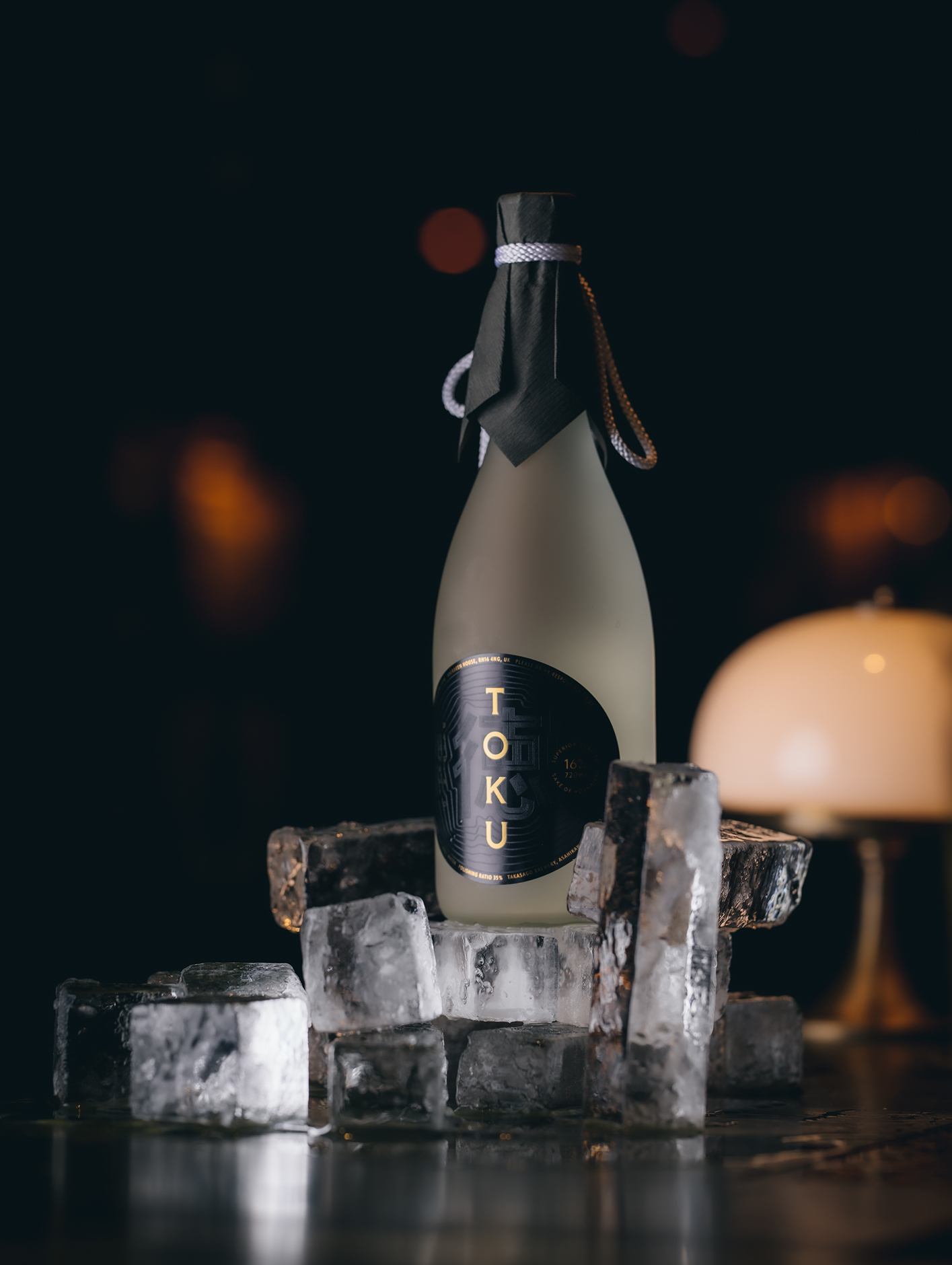
She is right – there is a hint of forest mulch and petrichor that transports you to the Scottish Highlands after a rainstorm. Toku’s Grace Hunt says, ‘Well, Hokkaido is known as the Scotland of Japan, so it’s in keeping! And that mushroom note is typical of Hokkaido’s sake, although in Toku, it’s more subtle.’
The minerality continues onto the palate, but above all, it’s noticeable how smooth it is. ‘In the wine world,’ says Lu, ‘we talk about how integrated the alcohol is. And it’s very integrated here.’ The melon flavour continues, but there are more orchard fruits too, and some aromatic herb notes. The elegance and complexity are very well balanced.
One of the problems holding sake back as a category in the past has been what the industry calls the “MOC” – moment of consumption. When are you going to order a bottle other than during a succulent Japanese meal? That, coupled with a relationship status with wine permanently set at “it’s complicated” (on the one hand, sake brands don’t like the phrase “rice wine” because sake is not made like wine; on the other, they want us to consume it like wine – hence recruiting sommeliers as advocates). Toku might just make the breakthrough.
‘I attended an event for sommeliers where Toku sake was poured just like a wine,’ says Lu. ‘We were standing chatting, sipping it, with hors d’oeuvres being brought around, having top-ups. There have been other sakes people have tried that with and after a while, it’s too much – it’s too specific a flavour, or too harsh or too sweet. But this has enough complexity to encourage you to have a refill, but with the elegance not to be overwhelming.’
When it comes to drinking with a meal, beyond Japanese restaurants, sake is increasingly appearing amid the pairing wines on tasting menus. This hardly surprises Lu. ‘When I was first studying wine, back in 2018,’ she recalls, ‘before the growth of sake in the UK, I remember a master sommelier telling us that if you have a dish that no wine pairs well with, go with sake – it will always pair well!’
Toku sake (£155) is served at restaurants and bars including The Aubrey, Annabel’s, The Fat Duck and Trivet. It can be purchased at Hedonism Wines; tokusake.com


